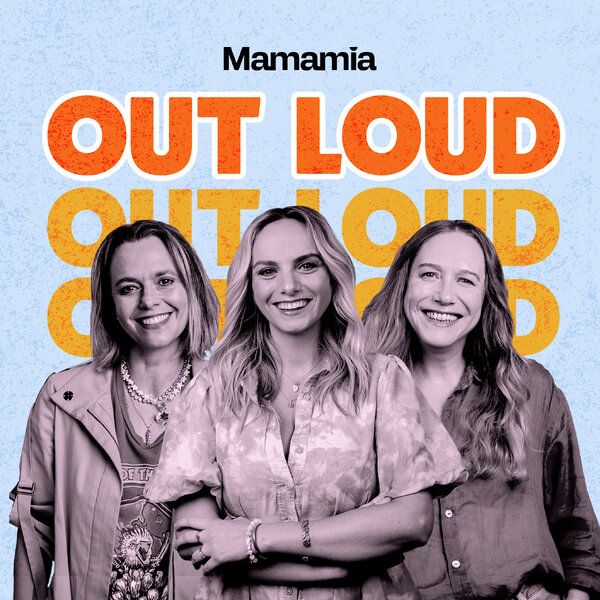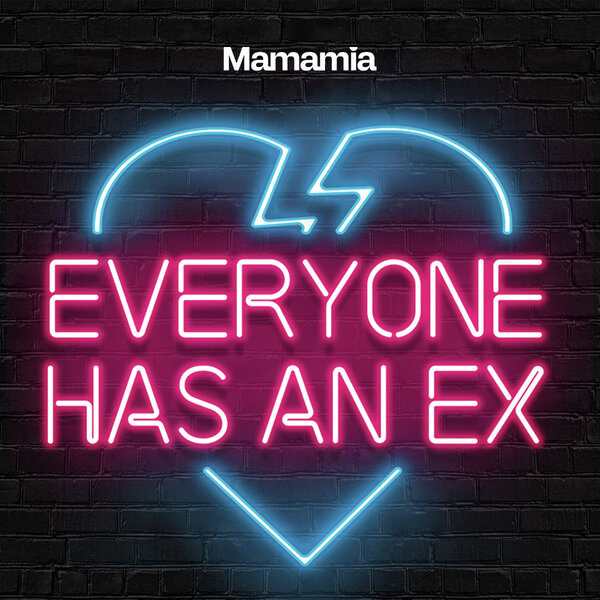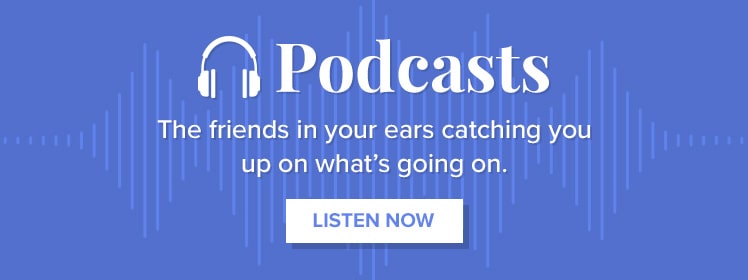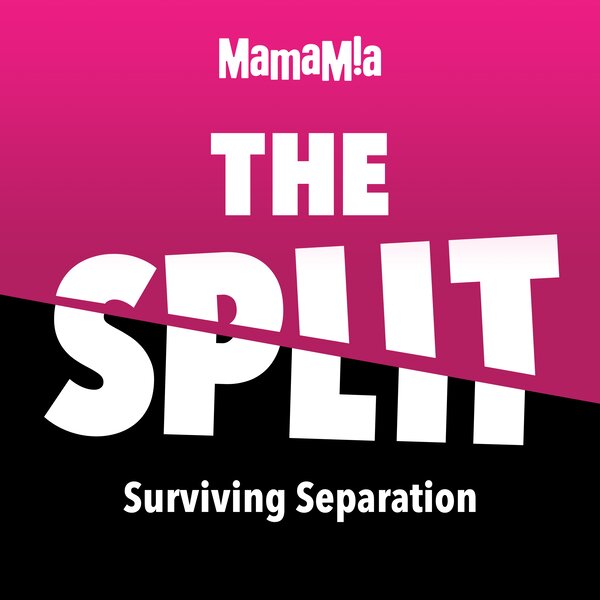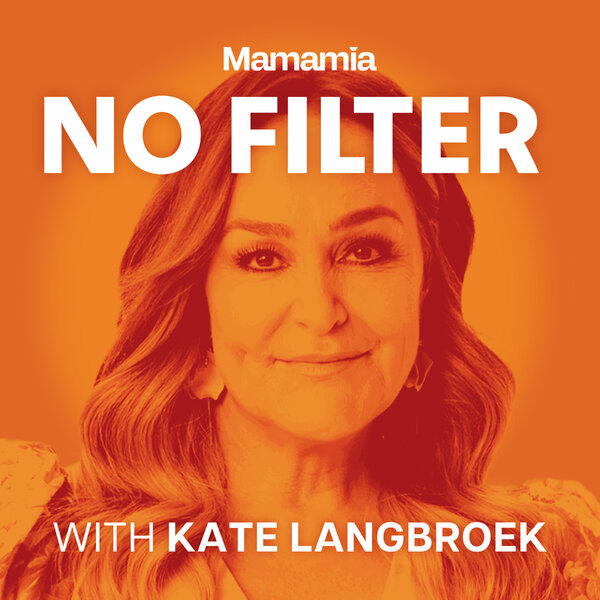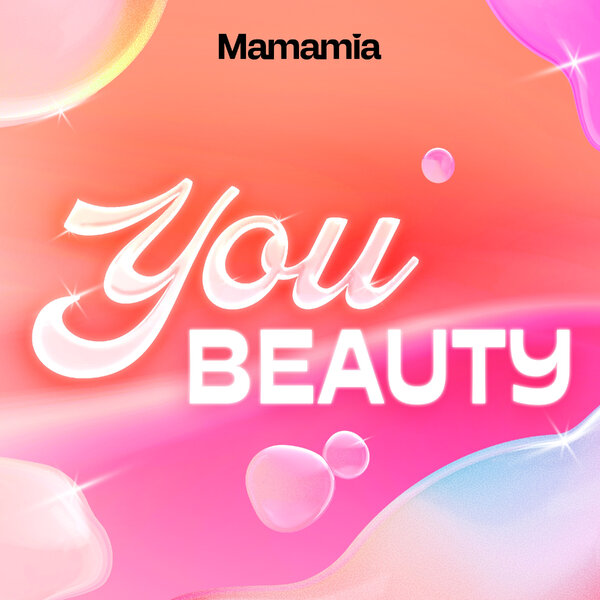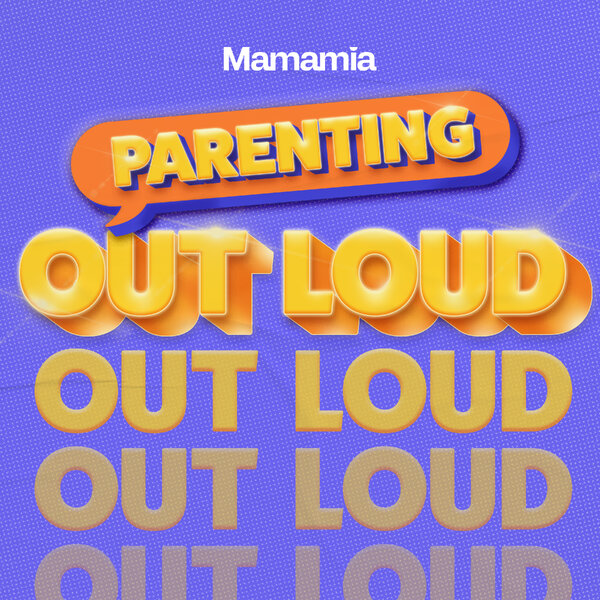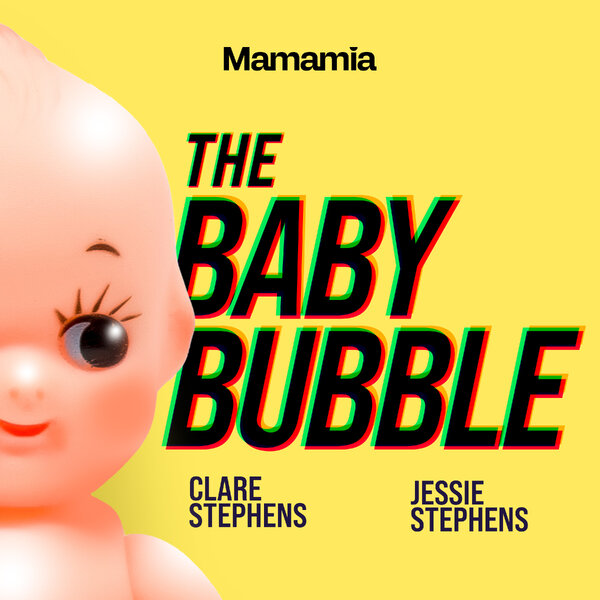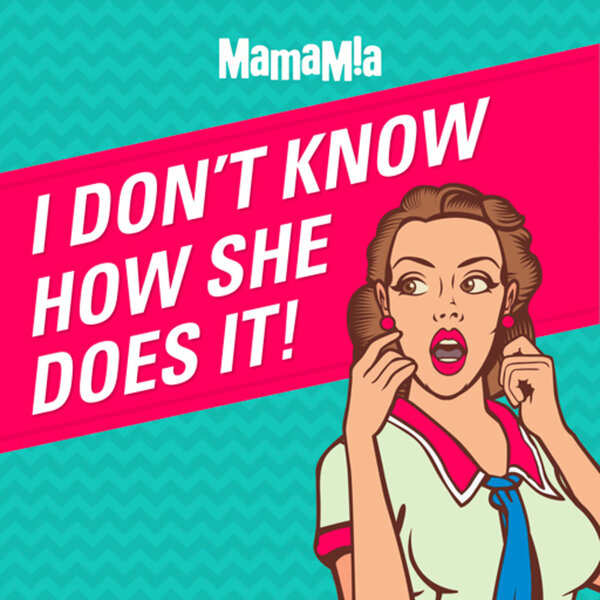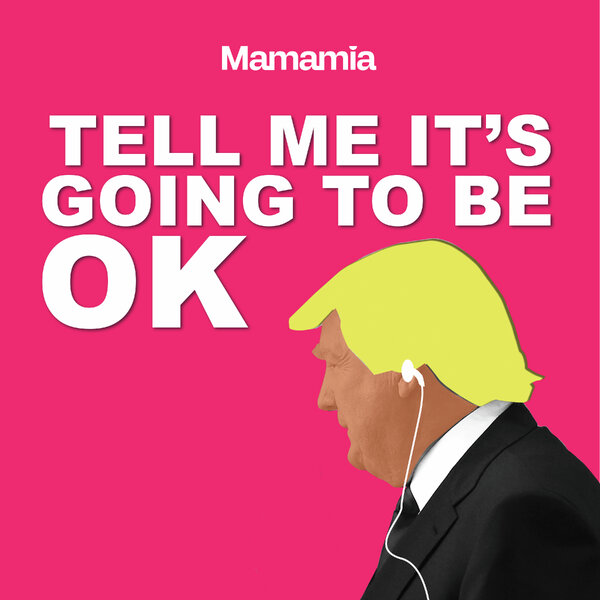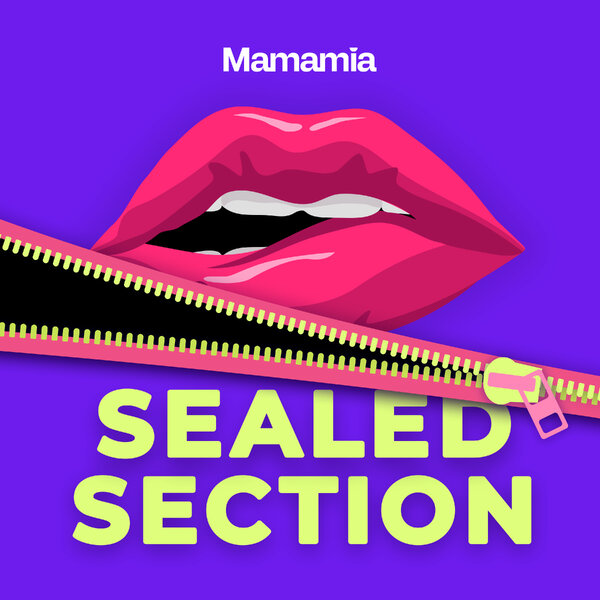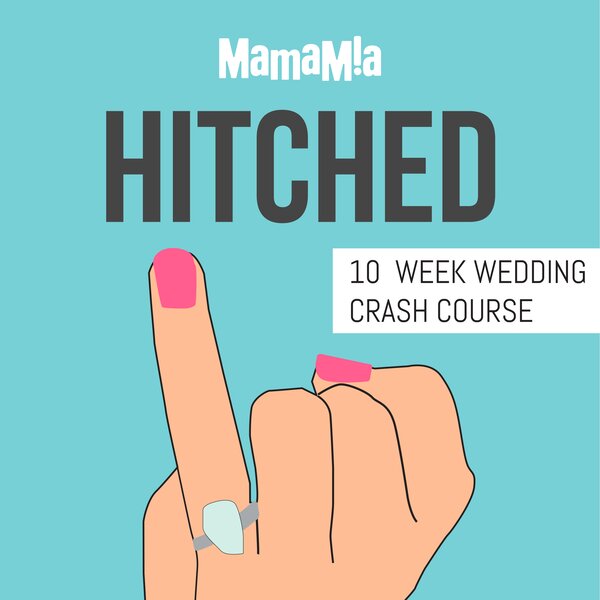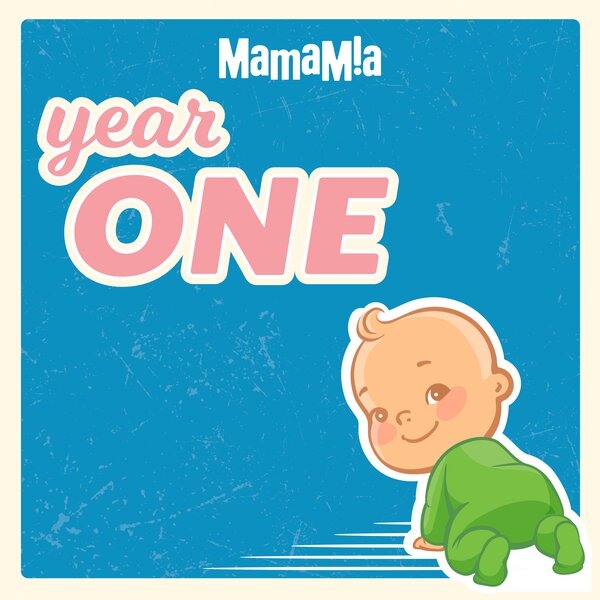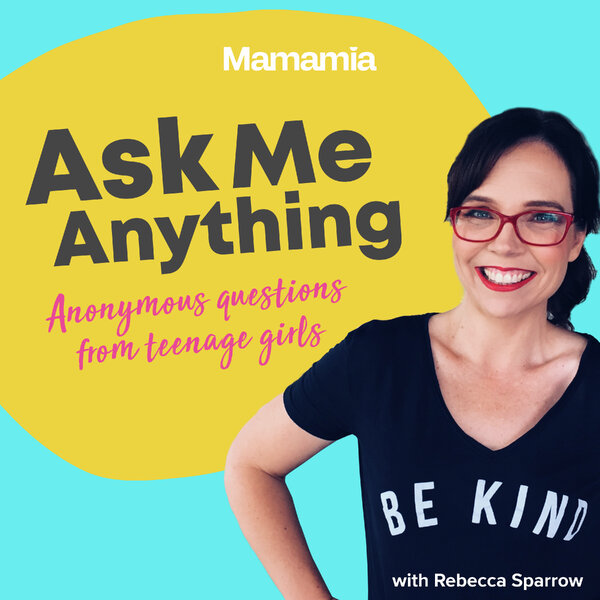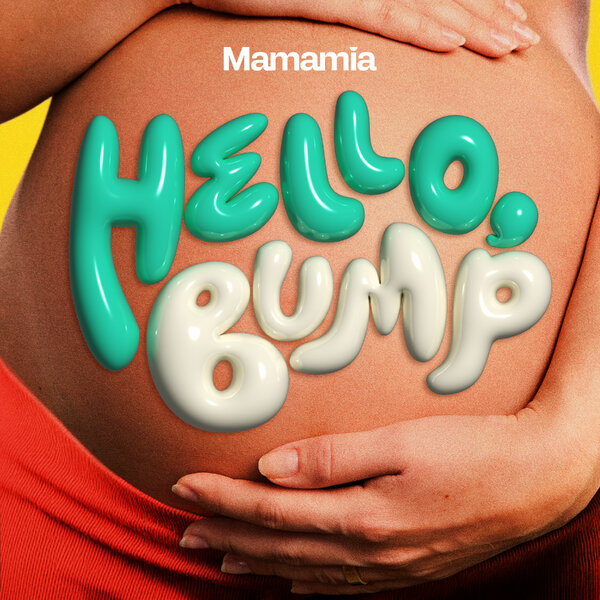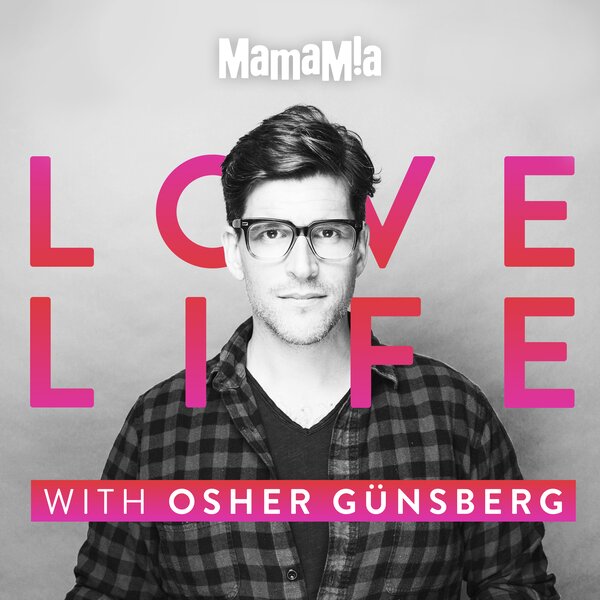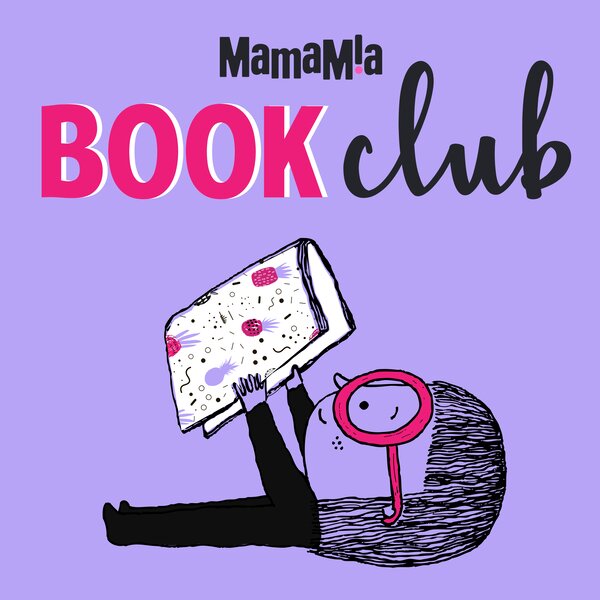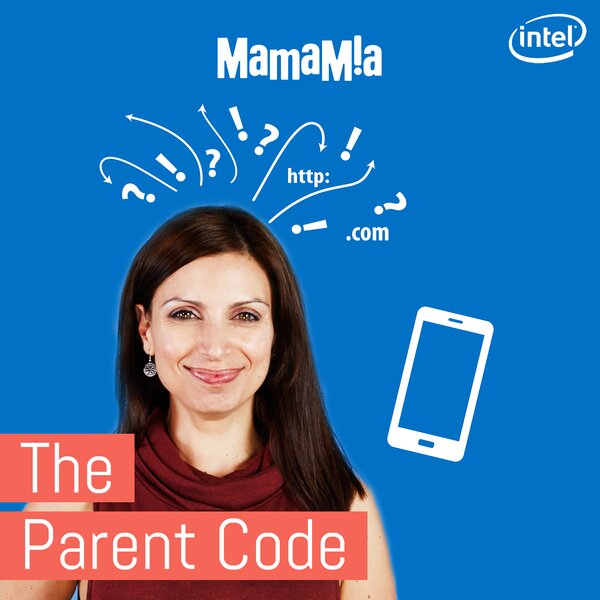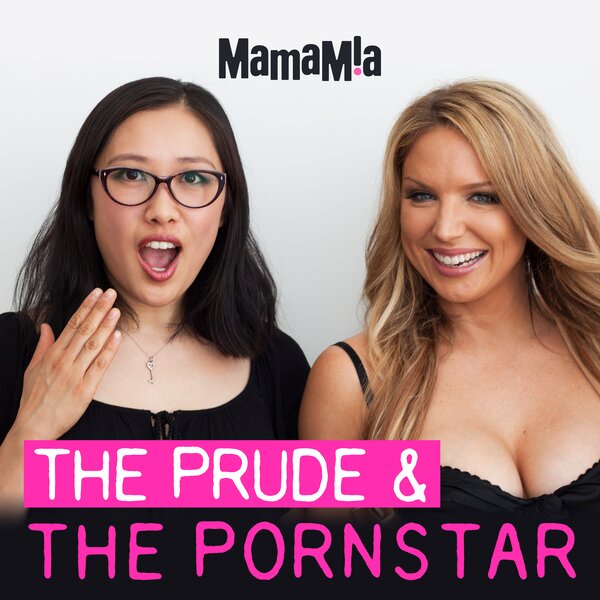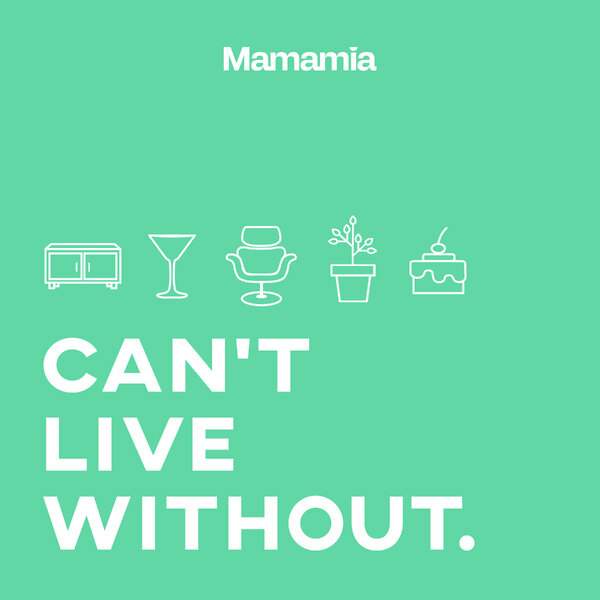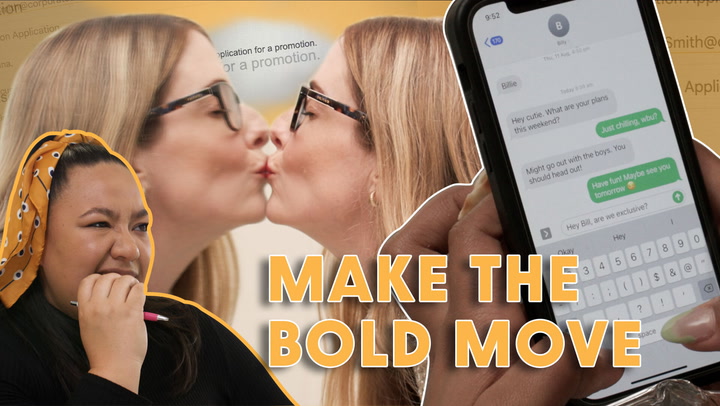
Love is hard, right? In fact, we'd argue it might be the hardest thing in the world to get right.
With the myriad of ways to fall in love, be loved and express love for others - it's no wonder some of us have such trouble navigating it.
Enter: love languages.
Watch: Dating, explained. Post continues after video.
Except the iconic five created by Gary Chapman in the 1980s is not what we should be looking for guidance from anymore, but instead a new improved set of languages that looks at relationships through a modern lens.
Truity conducted a long range survey using the information provided by over 500,000 respondents. The results?
A more inclusive, individual and in-depth look at love.
CEO & founder of Truity, Molly Owens sought out to bring a theory similar to Chapmans, but one that looked at a wide, varied amount of individuals instead of married Christian couples in homogeneous relationships.
"We saw from the data that as gender norms have changed, the expectations we have for our romantic relationships have become very different. For heterosexual couples, in particular, the division of labour across gender lines is no longer neatly circumscribed, leading to an expansion of what we expect from our partners," Owens told Mamamia.
"As an example, in Chapman’s book he consistently frames a man doing housework as him 'helping out' his wife - not to mention multiple anecdotes from husbands who have succeeded in bringing home a paycheck and are baffled by their wives asking them to do anything further.
